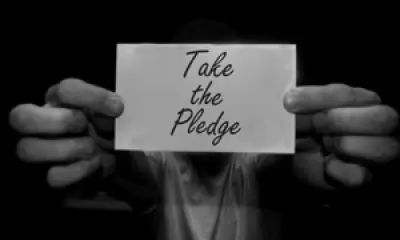Chestnut Hill College is a proud partner of the It’s On Us campaign. The College works to not only end sexual discrimination but also educate and empower our students to become active participants in the movement toward equality.
Title IX of the Education Amendments of 1972 (“Title IX”) prohibits discrimination on the basis of sex in any federally funded education program or activity. Sexual harassment, which includes sexual violence, is a form of sex discrimination.






